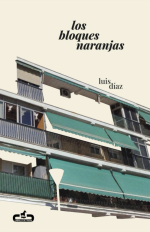View all filters
Clear
Gli esseri viventi
Zece degete în depărtare
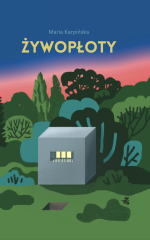
Żywopłoty (The Hedges)
“Debiut Karpińskiej to opowiadania pisane Gombrowiczem, ale fajniejsze, bo o ludziach z naszych ulic” Olga Hund
Opis okładkowy:
Żywopłoty to historia człowieka, którego tożsamość zbudowana jest na narracji – istnieje tylko wtedy, gdy opowiada, dlatego jego dzieje rozpisane są niczym dzieje świata, który on szczelnie wypełnia.
Żywopłoty – z ich odrealnieniem, a jednocześnie koncentrancją na zwykłych, prostych codziennych sprawach – układają się w rodzaj baśni. To baśń o tym, co w życiu najważniejsze.
Poszczególne mikrohistorie można poznawać osobno i przy każdej na nowo odkrywać perspektywy i wymiary człowieczeństwa. Czyta się je – jak utwory najlepszych autorów czeskich, takich jak Pavel czy Hrabal – jak rzecz niewymuszoną, trochę spoza literackiego świata, nieosadzoną w konkretnej rzeczywistości i czasie.
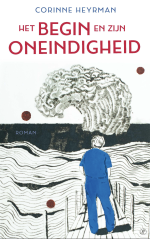
Začátek a jeho nekonečnost
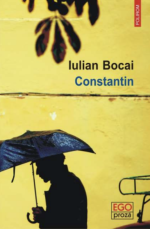
Konstantin. Portret
Eu nu mai locuiesc în casă, dar casa încă mai locuiește în mine
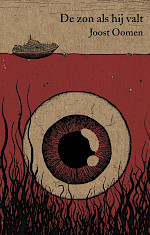
El sol cuando cae (fragmentos)
En casa
Los seres vivos
Clarões
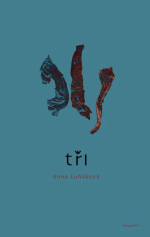
Tři!
Experimentální román Tři! rozvíjí zkušenost terapeutického sezení, ve kterém se autobiografické motivy prolínají s jazykovou hrou, a do kterého úmyslně vstupuje ta, která se vyprávěním snaží znovu vynalézt sebe sama. Komentáře terapeuta motivují cestu tohoto pátrání po identitě, vedoucího stále hlouběji, až na hranici disociace. Muž a žena v jedné osobě, ale i muž a žena vedle sebe, usilují o splynutí, a vedou tak otevřenou polemiku s autenticitou, rodem i narací.
„Možná to bylo v babiččině spíži, když jsem si prohlížela sklenici s kečupem, na kterém bylo na bílém podkladě napsáno modře: jemný. Možná to byla jen ta schopnost všímat si detailů.“
Vzpomínky odhalované ve snaze pojmenovat jedno dospívání odráží i prostou zkušenost sídliště, chudoby, ale i dětství v druhé polovině devadesátých let na malém městě, či následný přechod do Prahy na studium filosofie, která je vším jiným než konejšivou utěšitelkou.
„Kdo ztrácí kontakt s hmotou, přijde nakonec o všechno.“
Od nekdaj živiva v tej vasi
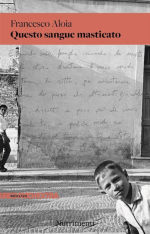
Přežvýkaná krev
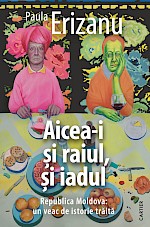
Hele, holky (It’s Both Heaven and Hell Here. Moldova: a Century of Lived History)
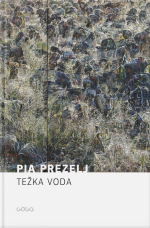
Těžká voda
Pero la casa todavía vive en mí
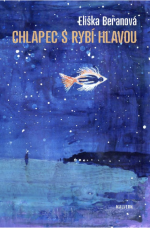
Момчето с рибята глава
Acasă

Teška voda
